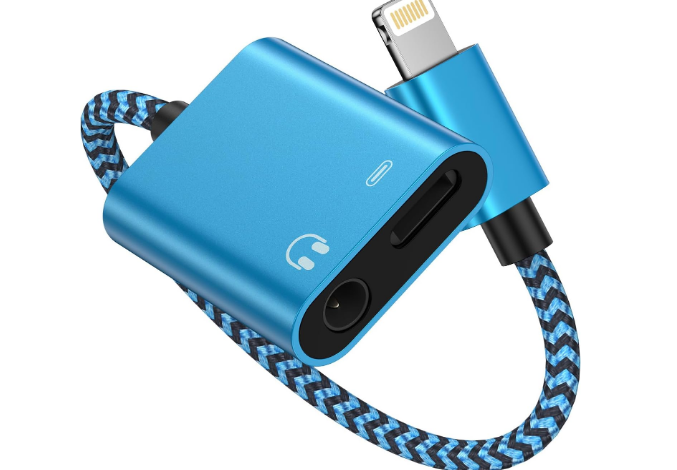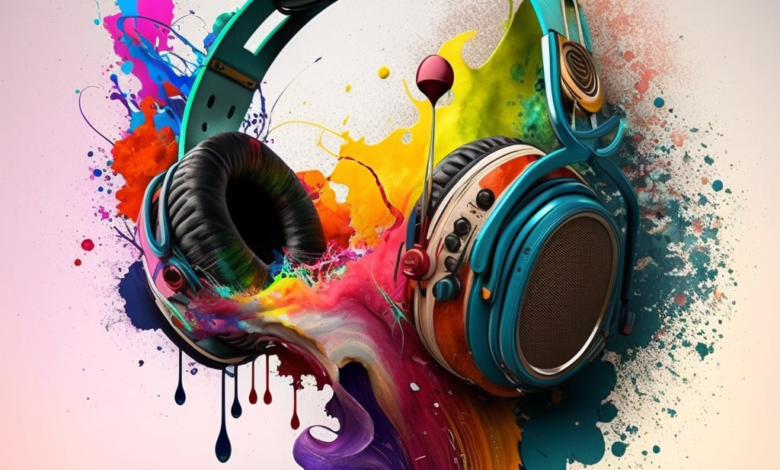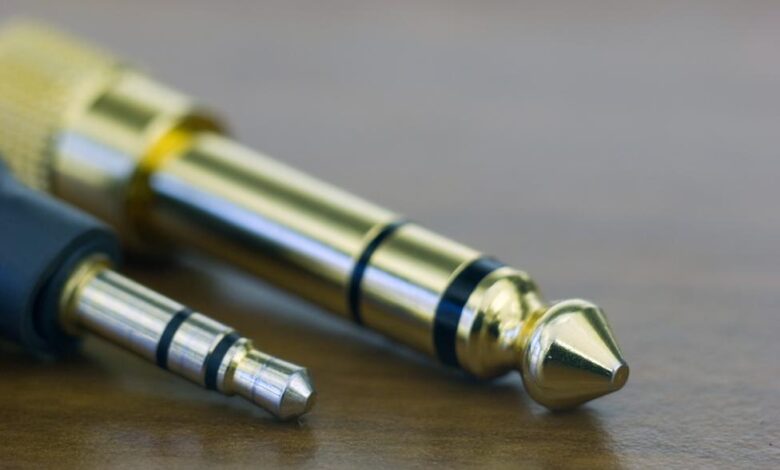Lightning to Lightning and Headphone

Table of Contents
Introduction
The Lightning to Lightning and headphone connection has revolutionized how users interact with their devices, particularly in audio and charging. This dual-connector design, primarily associated with Apple devices, bridges the gap between modern digital needs and traditional headphone usage. As the headphone jack becomes less common, Lightning adapters offer a seamless way to connect wired headphones while maintaining superior audio quality.
With the rise of wireless technology, the Lightning adapter remains relevant for those who value sound fidelity and wish to connect to devices with legacy input methods. Understanding its significance, applications, and proper usage ensures you get the best out of your devices while keeping pace with evolving technology.
What is Lightning to Lightning and Headphone Connection?
The Lightning to Lightning and headphone connection is a multi-functional solution that caters to users of Apple devices, enabling both audio output through wired headphones and simultaneous device charging.
Definition and Purpose
The Lightning to Lightning and headphone adapter is designed to address the absence of the traditional 3.5mm headphone jack in many modern devices, particularly iPhones. It serves a dual purpose: providing a Lightning port for charging and another for audio output. This design ensures that users can enjoy wired headphones without sacrificing convenience.
This adapter is essential for those who prioritize audio fidelity over wireless solutions, as wired connections often deliver better sound clarity. It also supports hands-free operations like making calls and using voice assistants without additional peripherals.

Key Features
- Dual Port Functionality: Enables simultaneous charging and audio use.
- Compact Design: Lightweight and portable, making it easy to carry.
- High-Quality Audio Support: Ensures minimal sound distortion.
- Compatibility: Works with a range of Apple devices, including iPhones and iPads.
- Ease of Use: Simple plug-and-play functionality.
These features have made the Lightning to Lightning and headphone connection indispensable for many Apple users who value functionality and quality.
Benefits of Lightning to Lightning and Headphone Connections
Enhanced Sound Quality
Lightning connections are designed to deliver high-resolution audio. Unlike Bluetooth, which can compress audio files, Lightning retains the full sound spectrum, ensuring music, podcasts, and calls sound as crisp as possible. This is particularly beneficial for audiophiles and professionals who demand precise sound reproduction.
Benefits of Lightning to Lightning and Headphone Connections
The Lightning to Lightning and headphone connection offers a wide range of advantages, making it a go-to solution for many Apple users. From superior audio performance to practical device compatibility, these adapters cater to both casual users and professionals.
Enhanced Sound Quality
One of the primary benefits of Lightning connections is the ability to deliver lossless, high-resolution audio. Unlike wireless alternatives, which often compress sound files, Lightning retains the full quality of audio signals, making it ideal for audiophiles. Wired connections ensure minimal interference, leading to richer bass, clear mids, and crisp highs.
Additionally, Apple’s Digital-to-Analog Converter (DAC) integrated into these adapters ensures optimal sound reproduction, eliminating distortions that may arise in wireless systems. Whether you’re listening to music, attending virtual meetings, or enjoying a podcast, Lightning adapters provide a clear edge in sound clarity.

Durability and Design
Apple’s Lightning technology is known for its robust and compact design. The adapters are lightweight, portable, and designed to withstand wear and tear from regular use. With reinforced connectors and high-quality materials, they can endure repeated plugging and unplugging. This durability ensures longevity, making it a cost-effective solution for everyday use.
Moreover, the sleek design ensures that the adapters seamlessly integrate with Apple’s ecosystem, both functionally and aesthetically. This makes them a reliable and stylish accessory.
Compatibility with Devices
The Lightning to Lightning and headphone adapter is compatible with a range of Apple devices, including iPhones, iPads, and even certain iPods. It allows users to utilize older headphones or professional-grade audio equipment without compromising on sound quality. This backward compatibility ensures that users don’t need to invest in new peripherals, saving money and reducing electronic waste.
Popular Applications and Use Cases
The versatility of Lightning to Lightning and headphone adapters makes them suitable for numerous applications, bridging traditional and modern audio practices.
Listening to Music
For music enthusiasts, Lightning adapters provide a superior listening experience. By connecting wired headphones, users can enjoy high-resolution soundtracks without interruptions caused by wireless interference or battery limitations. This setup is particularly valuable for those using premium headphones with advanced audio features.

Making Calls
Lightning to Lightning and headphone connections facilitate clear, distortion-free calls. Whether it’s casual chats or professional meetings, these adapters ensure stable sound quality, helping users communicate effectively. The integration of microphones in compatible headphones also enables hands-free calling.
Professional Audio Work
Professionals in the audio and video industries rely on Lightning connections for tasks like editing, mixing, and recording. The ability to connect high-quality headphones or studio monitors ensures accurate audio reproduction, which is critical for sound editing and production.
How to Choose the Right Lightning to Lightning and Headphone Adapter
Choosing the right Lightning adapter requires a careful evaluation of several factors to ensure compatibility and functionality.
Compatibility Checks
Before purchasing, ensure that the adapter is compatible with your Apple device. Most modern iPhones and iPads support these adapters, but it’s essential to verify the model and iOS version. Authentic Apple adapters or Apple-certified third-party options are highly recommended for seamless integration.
Sound Quality Considerations
Look for adapters with built-in DACs to enhance audio quality. High-quality converters minimize noise and improve sound clarity, making them ideal for music enthusiasts and professionals alike.
Brand and Budget
While Apple’s original adapters guarantee compatibility and quality, several third-party options provide excellent performance at a lower cost. Look for products with MFi (Made for iPhone/iPad) certification to ensure reliability. Balancing cost and features will help you find the right product without overspending.
Troubleshooting Common Issues
Despite their convenience, Lightning adapters can encounter issues. Here are some common problems and solutions.
Connection Problems
Loose connections can disrupt audio or charging functions. Ensure that the adapter is securely plugged in and that the Lightning port is clean and free of debris. Regular cleaning and handling the adapter gently can prolong its lifespan.
Poor Sound Quality
If you experience muffled or distorted sound, check if your headphones are functioning properly. Using non-certified adapters may also result in poor performance, so it’s crucial to invest in high-quality, certified products.
Device Incompatibility
Incompatibility issues can arise with non-MFi-certified adapters. Always ensure your adapter is genuine or certified for Apple devices. Updating your device’s iOS may also resolve potential compatibility issues.
Q&A Section
What is the difference between Lightning and USB-C for headphones?
Lightning connectors are Apple-specific, offering seamless integration with their ecosystem. USB-C is more universal but lacks the proprietary optimization that Lightning provides for Apple devices, particularly for audio quality.
Can I charge my device while using a Lightning adapter?
Yes, Lightning to Lightning adapters allow simultaneous charging and audio output, making them a versatile choice for multitasking users.
Conclusion
The Lightning to Lightning and headphone connection is an essential accessory for Apple users, balancing superior audio quality, compatibility, and convenience. Whether for casual listening, professional audio work, or making calls, these adapters deliver reliable performance. Investing in certified adapters ensures durability and an enhanced user experience, making them a valuable addition to your tech toolkit.




